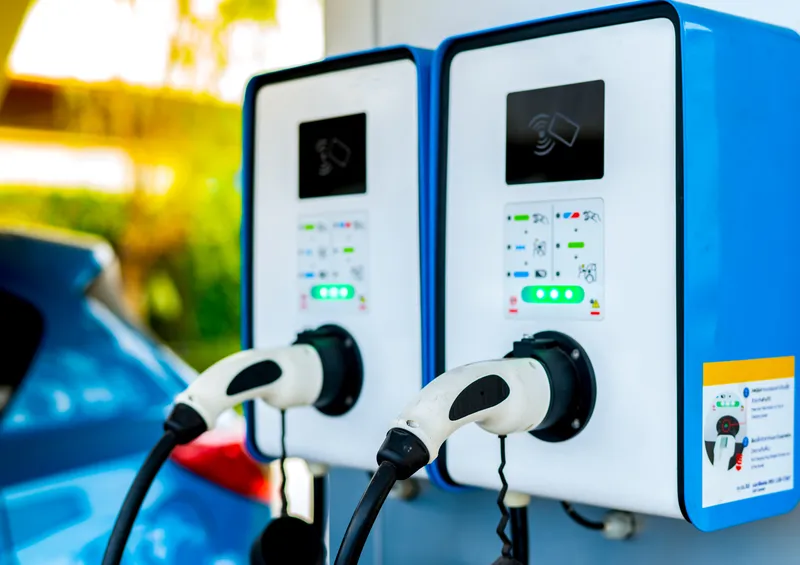The increasing adoption of electric vehicles is expected to be more in the passenger cars segment, in comparison with the commercial vehicle segment. The increase in adoption can be attributed to the growing research and development activities and initiatives undertaken to improve the existing EV models, and make them competitive with the available fuel-powered car models. Furthermore, companies are working towards upgrading electric vehicle supply equipment (EVSE) to make them more convenient.
The fast chargers segment is expected to exhibit the greatest growth, with an estimated CAGR of around 47.9 per cent from 2017 to 2025.
Leading automakers are observed investing heavily in promoting EV charging infrastructure;
The North American region is projected to dominate the EV charging infrastructure, as it is expected to witness significant growth in electric vehicle sales.
EV charging infrastructure market predicted to grow by almost 50 per cent by 2025
The global electric vehicle charging infrastructure market is expected to reach US$45.59 billion by 2025, growing at a CAGR of 46.8 per cent from 2017 to 2025, according to a new report by Grand View Research. Governments around the world are encouraging the adoption of electric vehicles and incentive programs, such as tax rebates, grants, and subsidies, have been launched to promote the same. The increasing adoption of electric vehicles is expected to be more in the passenger cars segment, in comparison wi
May 19, 2017
Read time: 2 mins
The global electric vehicle charging infrastructure market is expected to reach US$45.59 billion by 2025, growing at a CAGR of 46.8 per cent from 2017 to 2025, according to a new report by Grand View Research. Governments around the world are encouraging the adoption of electric vehicles and incentive programs, such as tax rebates, grants, and subsidies, have been launched to promote the same.







